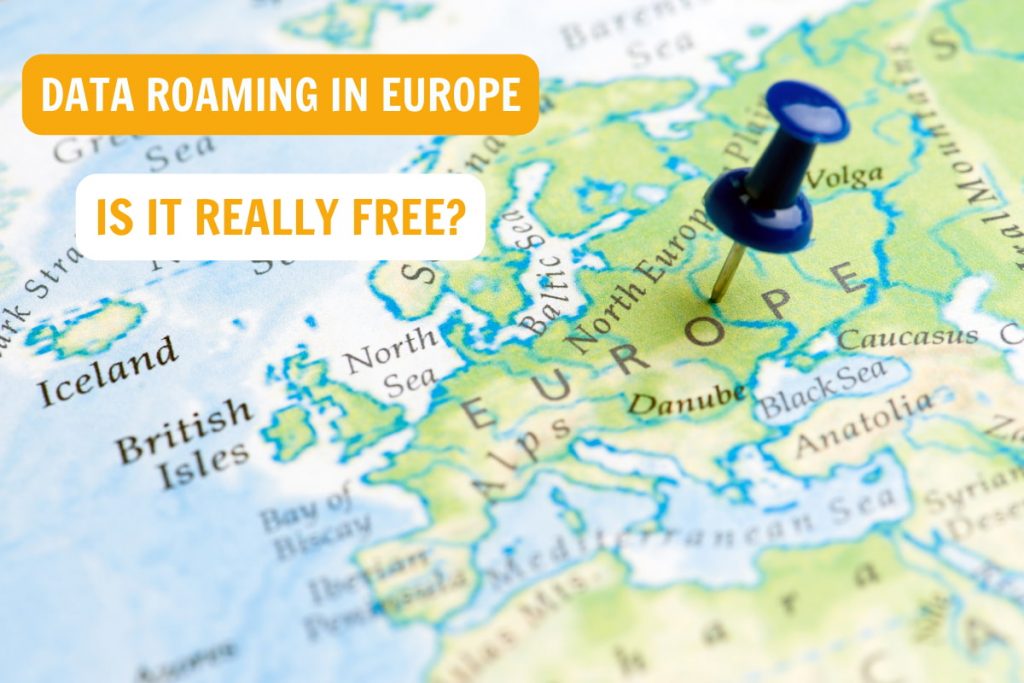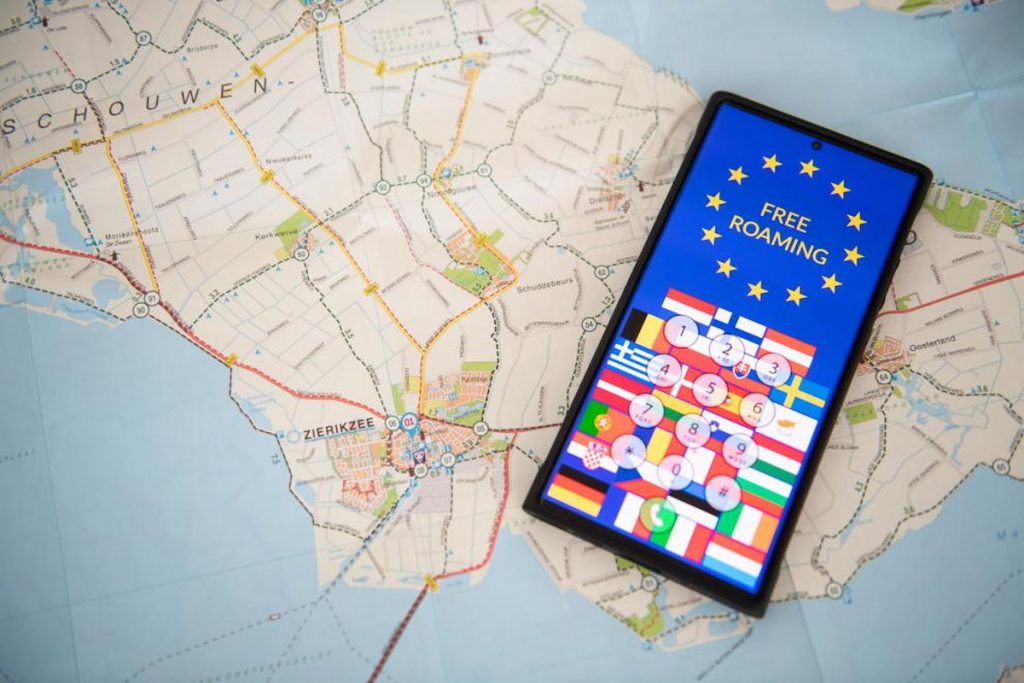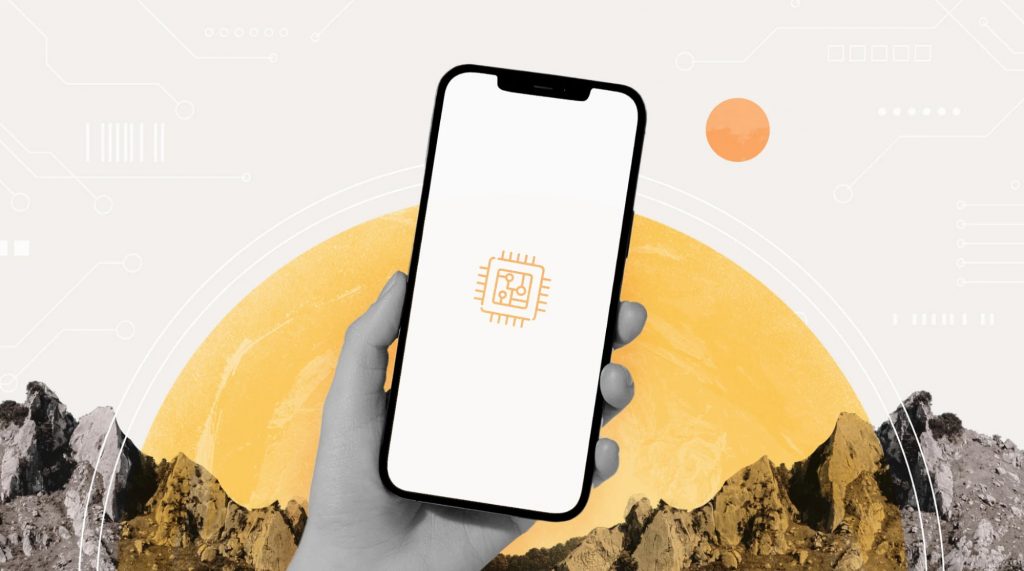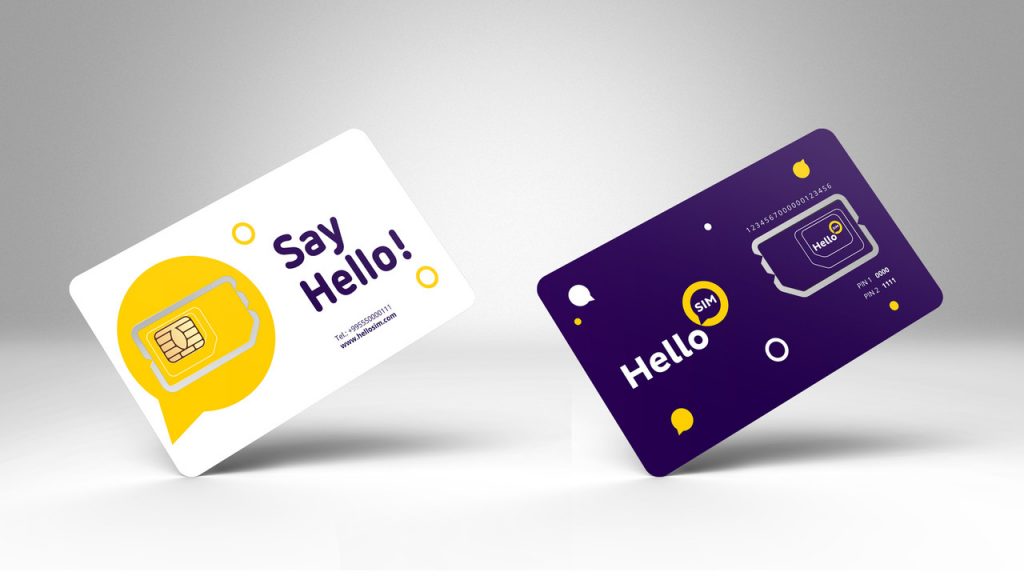Is data roaming free in Europe?
Traveling to Europe and wondering about data roaming? This guide will help you understand if data roaming is free in Europe. We’ll explain how it truly works in Europe and share tips to avoid extra charges. Read on to make sure you stay connected without any surprises.
Table of Contents

I. How does data roaming in the EU work?
Data roaming in Europe has changed dramatically over the years, from tourists paying a high price to survive in the country to abolishing roaming fees through new regulations. Below is how it works.
Pre-2017: The Old System
Before the year 2017, it is accurate to admit that roaming in the EU was very expensive and could prove highly costly and nearly always unexpected. Many operators charged excessively for data usage.
This led to the European Commission being unable to “turn a blind eye” and introducing new regulations to reduce these fees.
2017: The EU’s Roaming Regulation
On June 15, 2017, the EU rolled out a new roaming regulation that capped data roaming charges and introduced a fresh pricing model. Here are the main points of this regulation:
- No more surprise bills: Mobile operators can’t charge high fees for data use abroad.
- Fair prices: In the EU, data roaming costs are capped at €0.05 per megabyte, lowering travel costs.
- Monthly limits: Mobile operators must tell customers how much data they can use abroad each month before extra charges.
- Overspending protection: Customers are protected from high charges, and operators must alert them when they near their monthly limit.
2019: Further Roaming Reforms

In 2019, the EU made a significant leap in simplifying data roaming by:
- Free roaming: All EU citizens can use roaming services for free with data, calls, and texts.
- Same prices as at home: This means that if there are any charges, they will be the same as in your home country.
Current Situation

Today, data roaming in EU countries is convenient and cheap for travelers. Mobile operators need to provide free roaming service to all their customers so that they can freely use the service they acquired during the visit without worrying about excessively high tariffs.
Key Takeaways
- Data roaming in the EU is now free and affordable for all travelers.
- Mobile operators cannot charge excessive fees for data usage abroad.
- Customers are protected from overspending, and mobile operators must notify them when they approach their monthly limit.
- The same prices as a home apply while roaming in the EU.
After all, the answer to the title question is YES, data roaming is free in Europe. Travelers can use their mobile data, make calls, and send texts without incurring extra charges in EU countries.
II. Is data roaming free in Europe after Brexit?
Since January 2021, UK citizens have no longer been guaranteed free roaming in EU countries. Major networks such as Vodafone, EE, and Three now charge daily roaming fees, usually about £2 per day. However, O2 and smaller networks like GiffGaff still offer EU roaming without extra charges in their plans.
The situation varies by network and specific plan. You should check with their provider before trips to understand potential charges.
III. Which countries are covered by the EU roaming policy?
The EU Roaming Policy typically covers 27 countries. Depending on your specific network’s EU roaming package, 13 other locations may or may not be included.
- Austria
- Belgium
- Bulgaria
- Croatia
- Cyprus
- Czech Republic
- Denmark
- Estonia
- Finland
- France
- Germany
- Greece
- Hungary
- Ireland
- Italy
- Latvia
- Lithuania
- Luxembourg
- Malta
- The Netherlands
- Poland
- Portugal
- Romania
- Slovakia
- Slovenia
- Spain
- Sweden
13 additional locations:
- the Åland Islands
- the Azores
- the Canary Islands
- French Guiana
- Gibraltar
- Guadeloupe
- Madeira
- Martinique
- Mayotte
- Réunion
- Saint Martin
IV. How to avoid data roaming when traveling abroad?
When traveling abroad, data roaming charges can quickly add up and become expensive. Here are several effective ways to avoid these charges:
- Use an eSIM
- Use Wi-Fi Whenever Possible
- Purchase an International SIM Card
- Turn Off Data Roaming
- Keep Your Data Usage in Check
1. Use an eSIM

It is not an overstatement to claim that this is a technological shift, as it forms the new-generation SIM card when embedded in modern-generation smart devices.
- Easy activation: The eSIMs are usually activated through an app or a QR code scan.
- Multiple profiles: Currently, you can accommodate many eSIM profiles in a single phone. Hence, you can freely change between plans and providers.
- Environmentally friendly: Absolutely. We can significantly reduce global plastic usage by adopting eSIMs.
- Easy purchase: You can simply access online eSIM stores to acquire one instead of going to a physical SIM store or waiting for shipping.
GIGAGO takes full advantage of these eSIM benefits by offering a seamless platform to manage your eSIM profiles and plans. With GIGAGO eSIM, you can quickly activate, switch, and customize your mobile services, all from a single app. This integration ensures that users experience the full flexibility and convenience of eSIM technology while reducing their carbon footprint.
2. Use Wi-Fi Whenever Possible
This is the easiest way considering that. Hotels, café, and even airports, among other places, provide free ‘WiFi.’ Here’s how you can make the most of it:
- Download apps and content: Before you leave, download all the apps, books, music, or movies you may require.
- Use messaging apps: Only use free Wi-Fi when communicating to avoid using cellular data through apps such as WhatsApp, Facebook Messenger, or Skype.
3. Buy an International SIM Card

Buying a SIM card at your destination can be a cost-effective way to stay connected:
- Research local providers: To do this, find acceptable mobile networks in the country you are visiting.
- Check compatibility: Ensure you have an unlocked and compatible phone with the SIM cards you plan to use in the country.
4. Turn Off Data Roaming
To completely avoid data roaming charges, turn off data roaming in your phone’s settings:
- Adjust settings: Go to your phone’s settings and turn off the data roaming option.
- Use Wi-Fi: Rely on Wi-Fi networks for internet access.
5. Keep Your Data Usage in Check
Monitor your data usage to avoid accidental overages:
- Track data: Use your phone’s settings to monitor data usage and set limits.
- Restrict background data: Disable background data for apps that don’t need constant internet access.
V. How to turn off data roaming on your device?
1. On Android
- Open the Settings menu
- Select Connections > Mobile Networks
- Turn Data Roaming on or off as needed
Note: If the Data Roaming option is greyed out, check if Mobile data is turned on. Go to Settings > Connections > Data usage > Mobile data.
2. On iPhone
- Open the Settings app
- Tap on Cellular
- Select Cellular Data Options
- Ensure the Data Roaming switch is off (it should be grey. If it’s green, it’s turned on)
VII. Conclusion
In short, data roaming is often free in the European Union due to the “Roam Like at Home” rules. This means you can use your phone as if you were at home, and the costs will not be extra. Nevertheless, UK travelers should consult the providers after Brexit since the laws may shift.
I hope this guide helps you stay connected without surprise charges while traveling in Europe. Enjoy your trip, and manage your data wisely!



